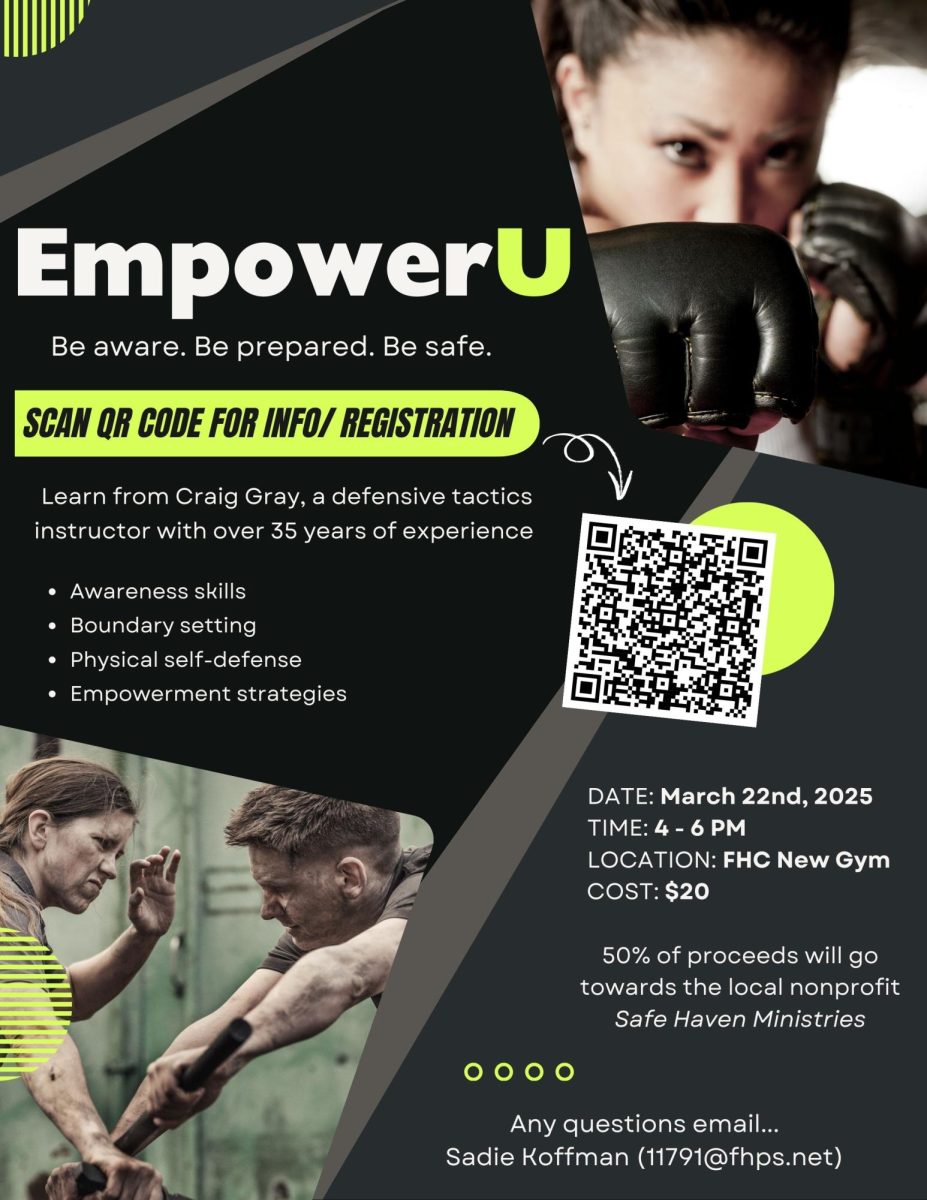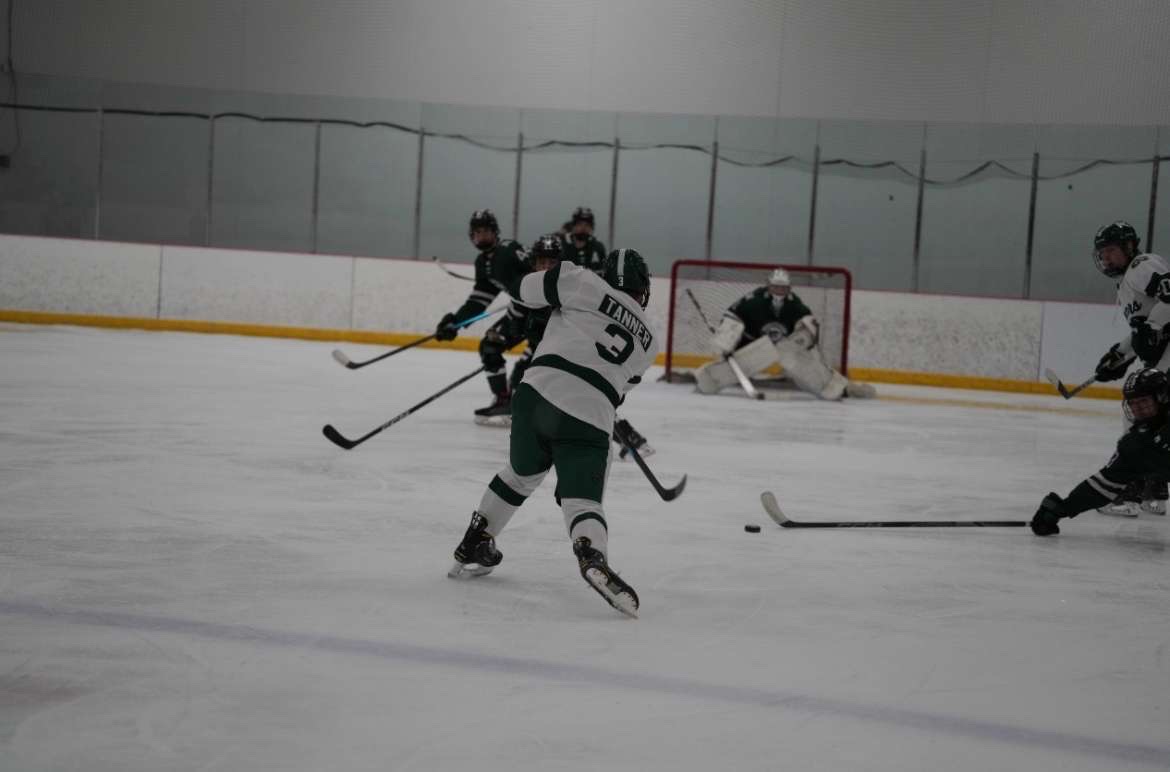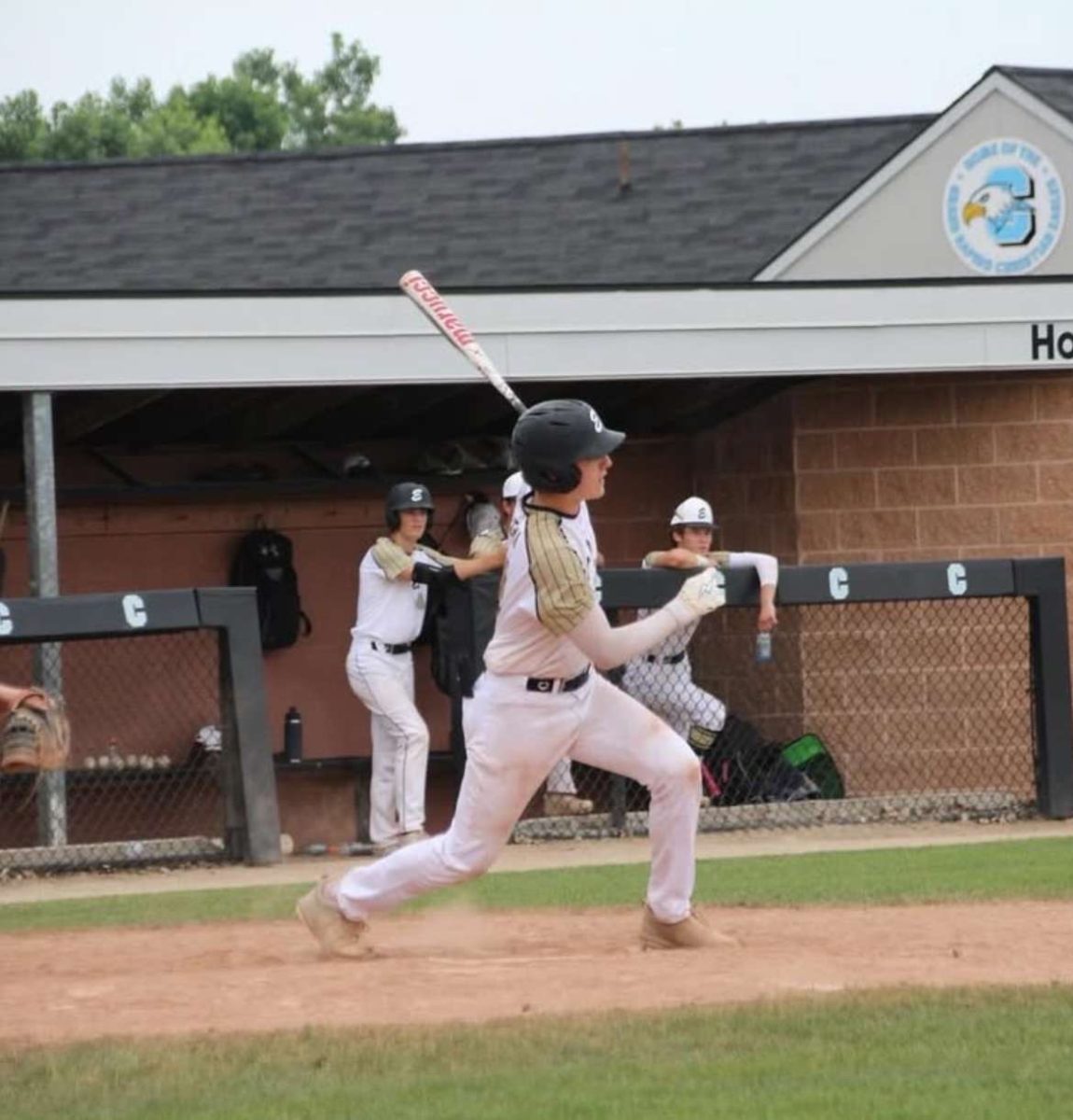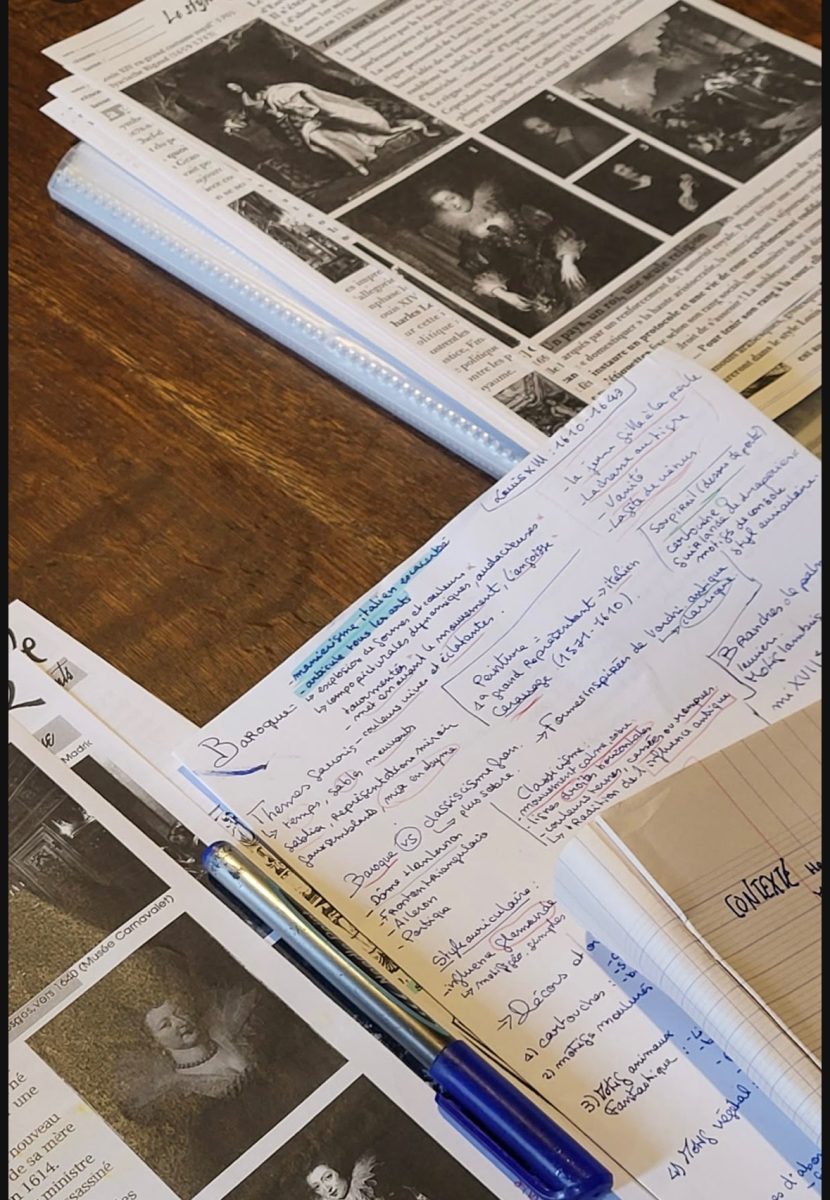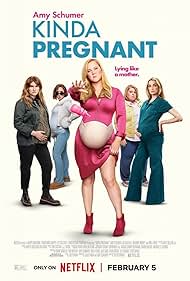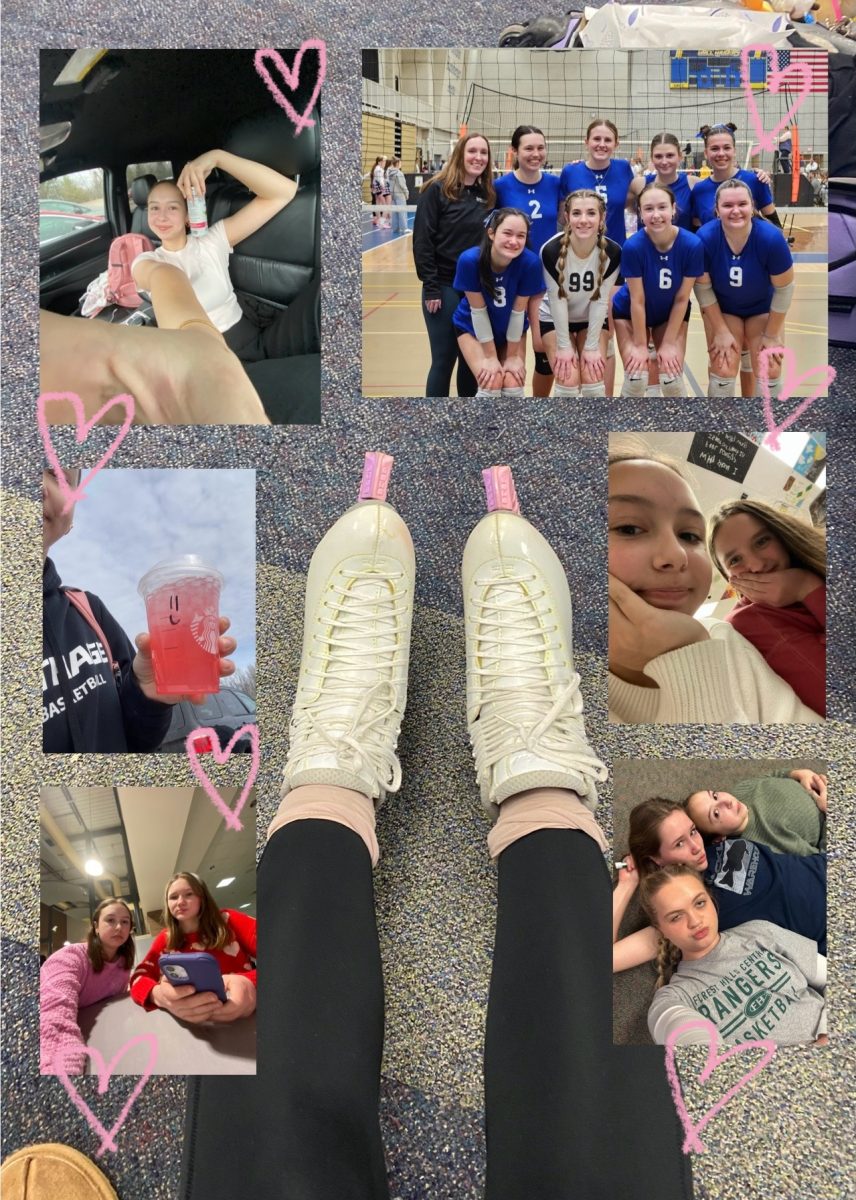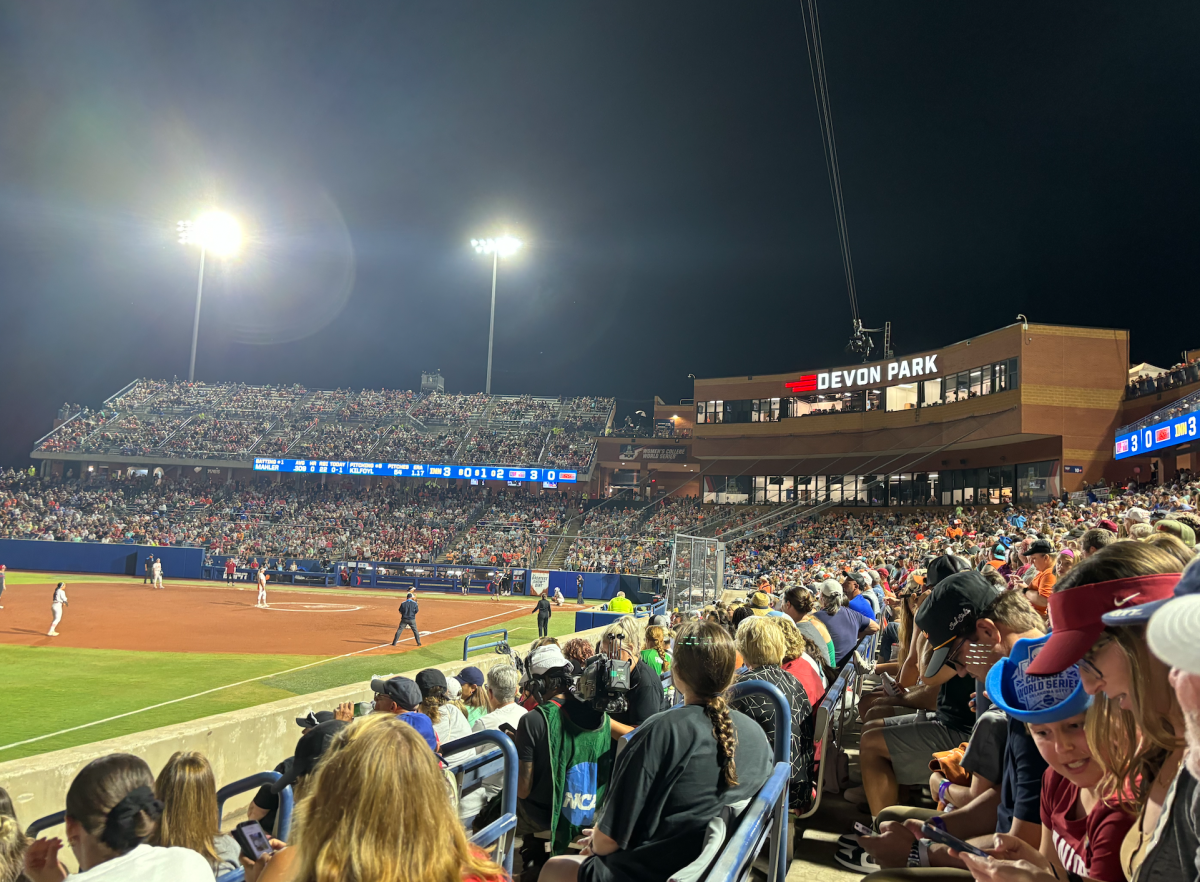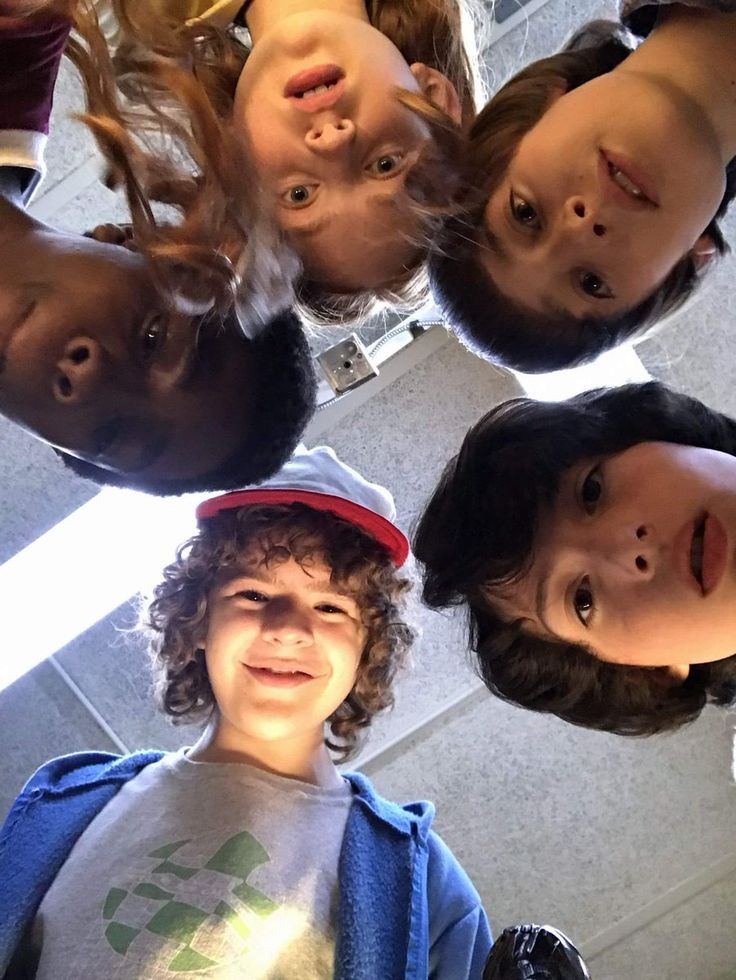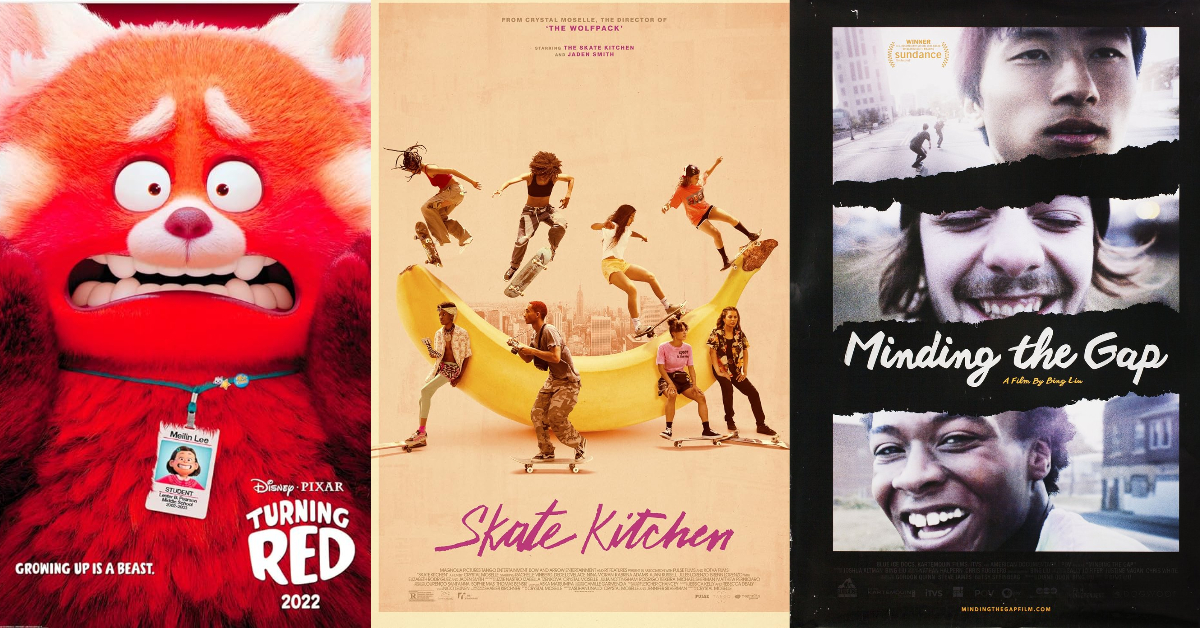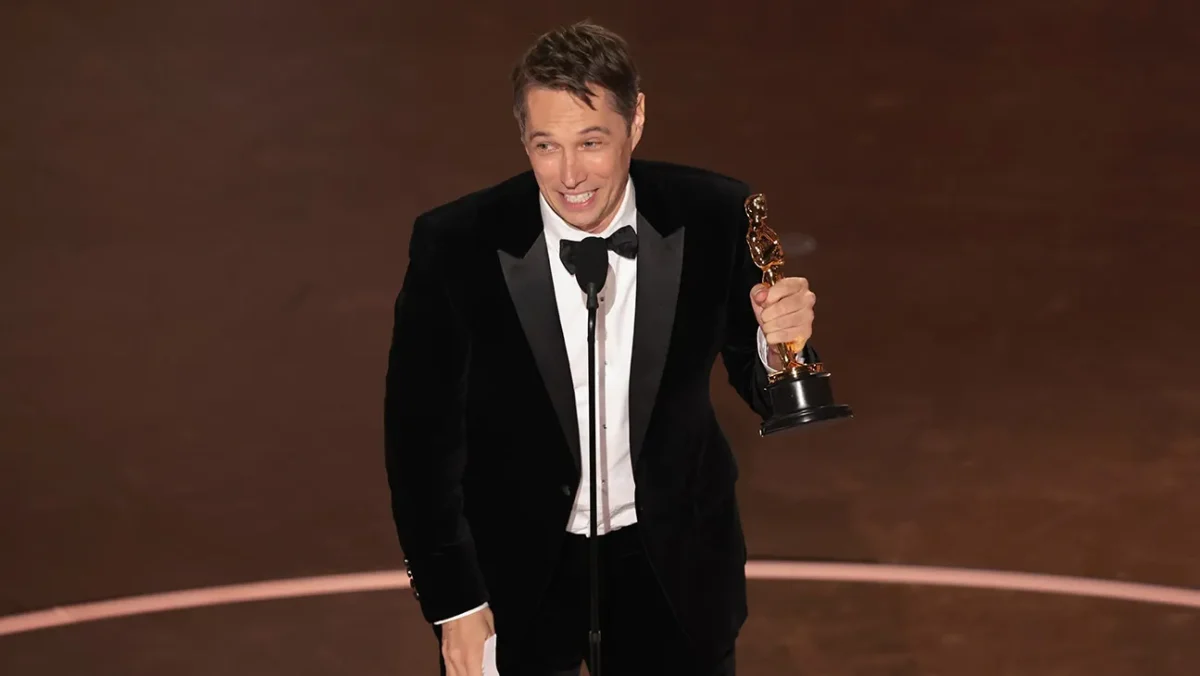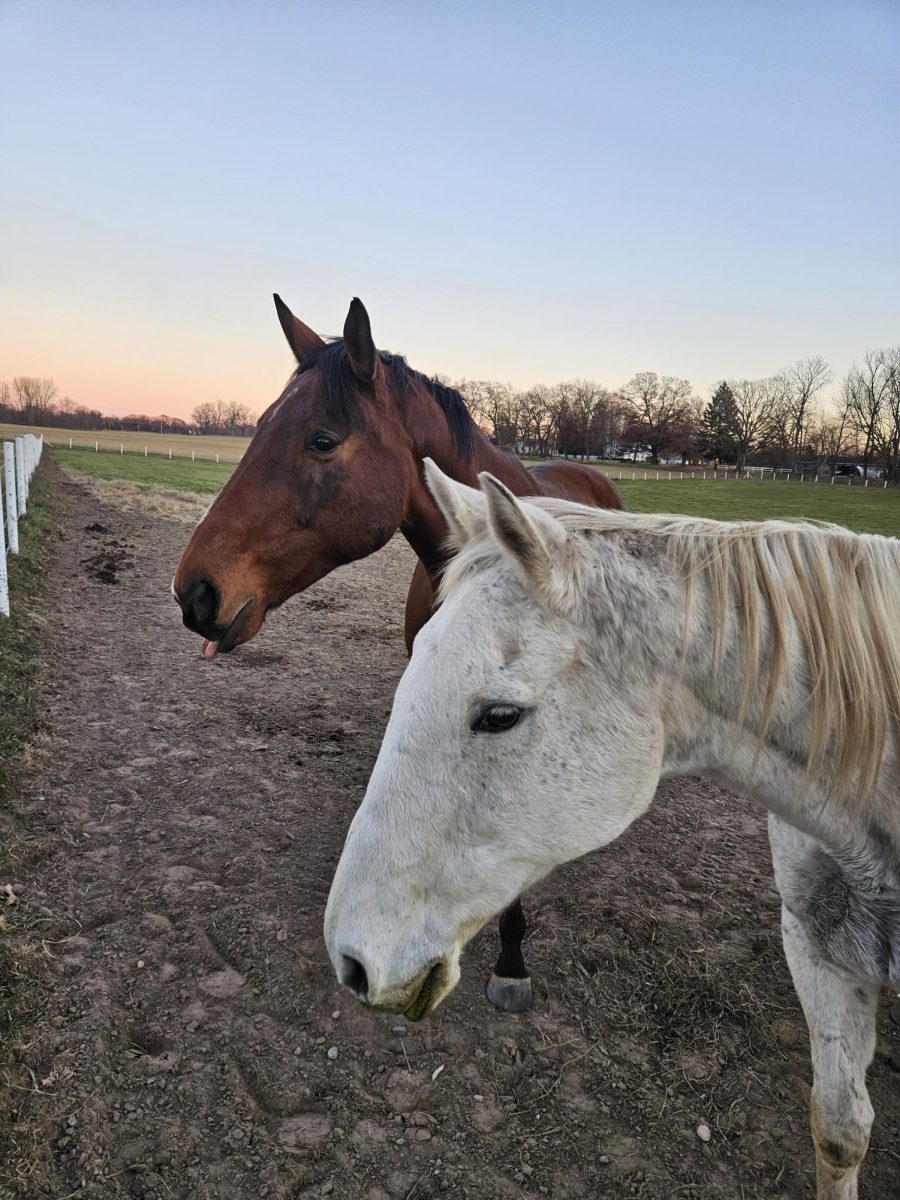The Kentucky Derby was an event I looked forward to year-round as a kid.
My horse-loving friends and I would sit in front of the TV, cheering enthusiastically for the horse that had the cutest name or the prettiest pattern; the Thoroughbreds captivated us as they raced across the screen.
Now here I am, five years later, with my horse who was neglected after Thoroughbred racing became practically defunct throughout Michigan when the final track closed in 2019. After sitting in a pasture untouched for the first eight years of his life with feet that still have issues today now that he’s 15, it would be expected that I have some sort of animosity towards the racing industry.
The industry is a double-edged sword that doesn’t stop at Thoroughbred racing.
In controlled, safe, regulated races, injuries and freak accidents are still bound to occur, but that doesn’t deem the entire sport abusive.
After racing, many Thoroughbreds known as off-the-track Thoroughbreds (OTTBs), go on to have successful careers; when a racehorse retires, they only retire from the track. In fact, many OTTBs are affordable, athletic, willing horses for riders willing to undo habits that horses picked up from the racetrack. Many top eventing, showjumping, and even hunter-jumper pairs consist of OTTBs and dedicated riders.
However, this doesn’t negate the fact that racing is a sport that causes wear and tear on both jockey and horse. For example, in 2023, at the famous track Churchill Downs in Louisville, KY, 12 horses died. At one facility, this is an excessive amount of death in one year. While there is a sentiment that great racehorses are treated like royalty, they are always at risk of breaking down on the track.
And, 97% of the time, the fatal injuries on track consist of musculoskeletal injuries, which are usually unexpected and unpreventable once on the track. So, unfortunately, racing remains one of the most dangerous equestrian sports.
Furthermore, racing is a sports empire that was built entirely on gambling, and as a result, instability. Addiction, corruption, and interference run rampant in the racing world, especially in less-regulated industries.
On the topic of unregulated racing, foal racing is one of the most abusive forms of racing in which horses that are far too young and undeveloped are forced to race. Therefore, this form of racing is definitely considered abusive due to the strain it puts on the bodies of these young horses.
Besides Thoroughbred racing, Standardbred harness racing is another huge industry as far as racing goes, and it is now the most prevalent form of equestrian race gambling in Michigan. It is yet another form of racing, but even though the injuries can be less severe since the speeds are lower in harness racing, the sport can also be dangerous, especially when drugging is involved.
Despite this, racing, as a whole, is not an abusive industry when it is properly regulated. Horses enjoy having a job, and many Thoroughbreds look forward to racing and having a career. If the jockeys and horses are both having a safe time while chasing a thrill, the sport brings immeasurable benefits to the equestrian and business industry.






